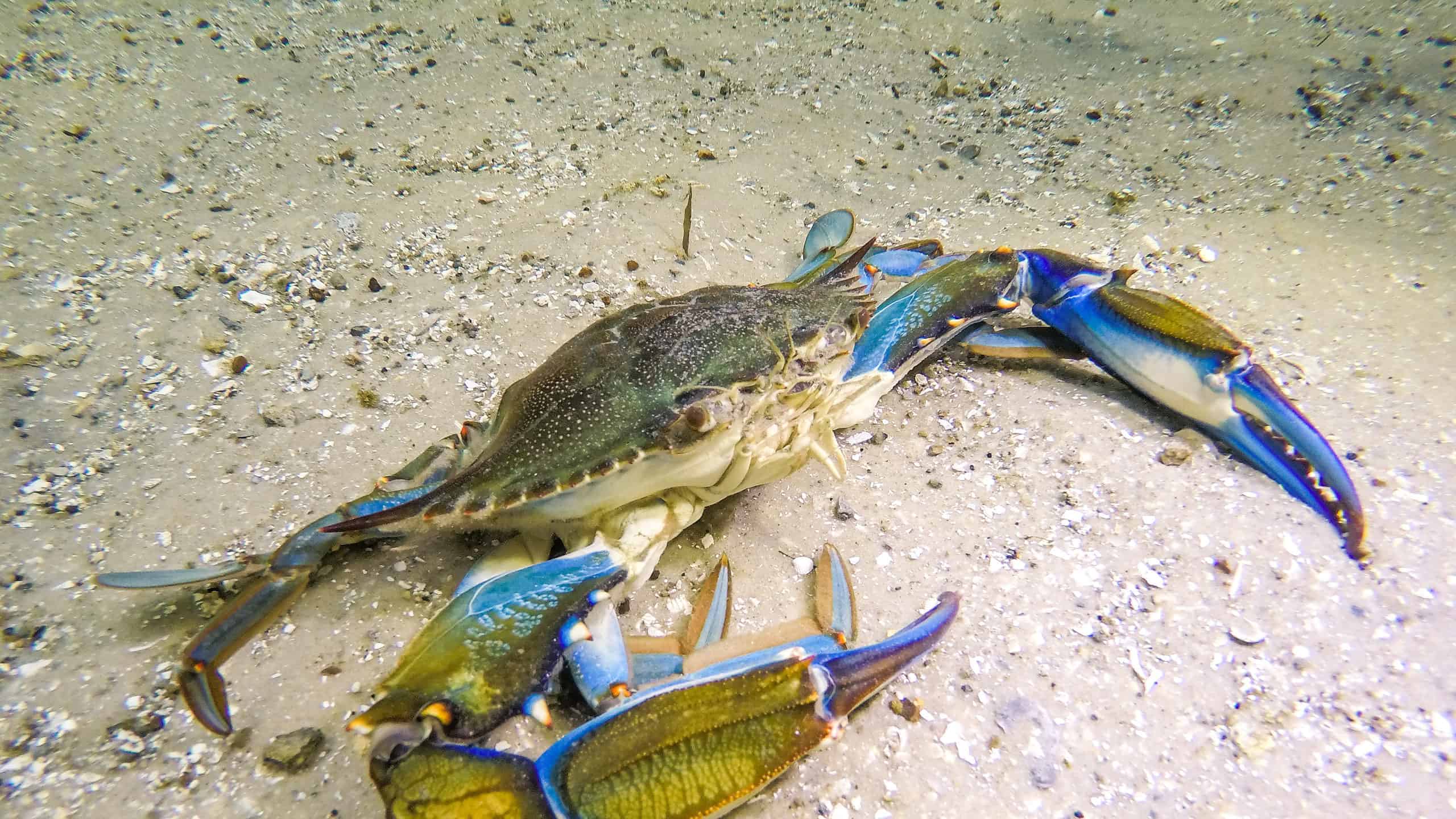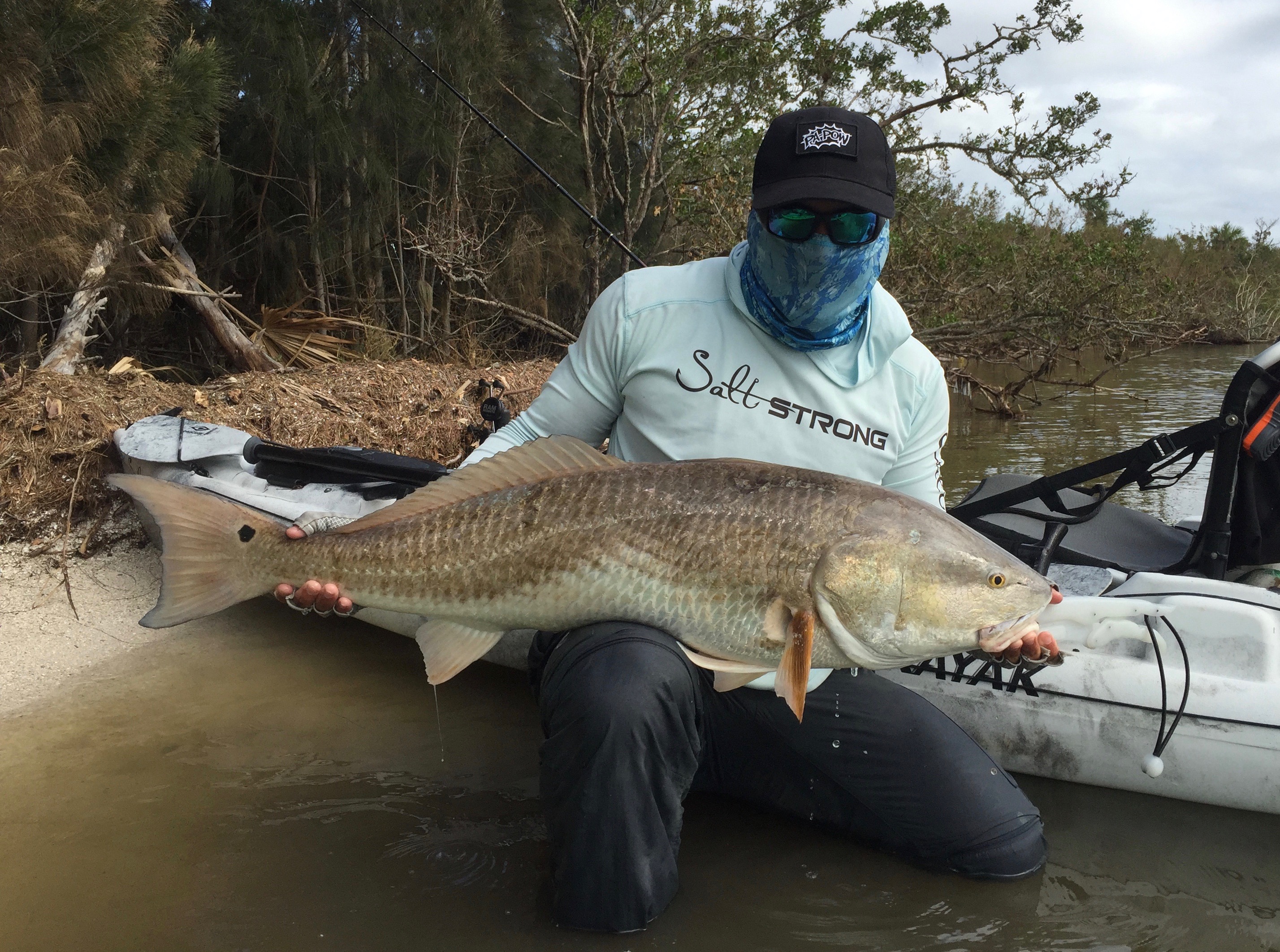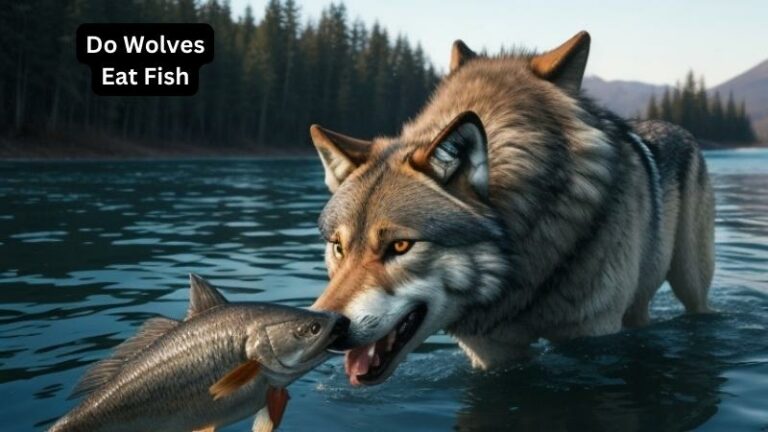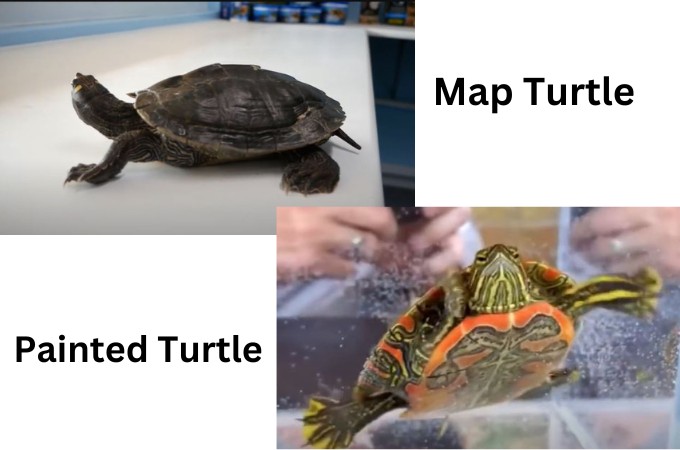What Fish Eat Blue Crabs
If you’ve ever wondered, “What fish eat blue crabs?” you’ve come to the right place. Blue crabs are a delicious treat, not just for humans but also for certain underwater creatures. So, let’s dive in and explore the fascinating world of blue crabs and the fish that make them their mealtime favorite!
When it comes to the ocean’s food chain, blue crabs play an essential role. These feisty crustaceans are not only prey but also predatory themselves. But who exactly are their main predators? And what makes blue crabs such a delectable feast for certain fish species? Get ready to uncover the secrets of the underwater world as we explore what fish have an appetite for blue crabs.
From stingrays to striped bass, a variety of fish can’t resist the temptation of a tasty blue crab on their menu. Join us on this exciting journey as we discover the fascinating eating habits of fish and how blue crabs become a delightful delicacy for some lucky swimmers. Let’s begin our exploration of what fish eat blue crabs!

What Fish Eat Blue Crabs: A Closer Look at the Predators of the Ocean
Blue crabs are a common sight in coastal waters, and their presence often attracts a diverse range of predators. In this article, we will delve into the fascinating world of the ocean’s top hunters and explore what fish feast on blue crabs. From aggressive predators to cunning ambushers, these aquatic creatures have developed unique feeding strategies to capture and consume these delectable crustaceans. So, let’s dive in and discover the hidden world of the predators that devour blue crabs.
The Mighty Red Drum and Its Craving for Blue Crabs
The red drum, also known as the redfish or channel bass, is a formidable predator that has a particular fondness for blue crabs. With their powerful jaws and sharp teeth, red drums are more than capable of crushing the hard exoskeleton of the blue crab. Not only do they possess a voracious appetite for crustaceans, but they also have an incredible sense of smell, allowing them to locate their prey with remarkable precision.
Red drums primarily inhabit estuarine and coastal waters, making them perfect candidates for encountering blue crabs. They often lurk near the marsh edges or shallow flats, patiently waiting for crabs to scuttle by. When an opportunity presents itself, the red drum pounces, quickly devouring the crab in a matter of seconds. Their ability to engulf prey swiftly and efficiently ensures that blue crabs are a staple in their diet.
Interestingly, young red drums primarily feed on small invertebrates, such as shrimp and crabs, which serve as vital sources of nutrition for their growth and development. As they mature, their diet expands to include larger prey, with blue crabs ranking high on their list of preferred meals.
The Versatile and Agile Striped Bass
The striped bass, also known as the striper or rockfish, is another fish species that preys on blue crabs. These fish are known for their adaptability and can be found in both freshwater and saltwater environments. Striped bass are opportunistic feeders, and their diet varies depending on the available food sources. While they primarily consume smaller fish, crabs, including blue crabs, make up a significant portion of their diet when available.
Striped bass are well-equipped for catching and consuming blue crabs. Their sharp teeth and strong jaws allow them to efficiently crush the shells of the crabs, ensuring they get the maximum nutritional value. These versatile predators can employ various hunting strategies, such as chasing down their prey, ambushing from the seafloor, or even leaping out of the water to capture prey near the surface.
The presence of blue crabs in certain areas can greatly impact the feeding patterns of striped bass. When blue crabs are abundant, striped bass may shift their focus to capitalize on this valuable food source. This dynamic relationship between predator and prey highlights the interconnectedness of marine ecosystems and the adaptability of predators like the striped bass.
The Feisty Black Drum’s Appetite for Blue Crabs
Characterized by their distinctive drum-like noise produced by their swim bladder, black drums are renowned for their hard-hitting strikes and powerful presence. These fish species have a diverse diet that includes blue crabs, making them an important predator in the coastal waters where blue crabs are found.
Black drums are opportunistic feeders and employ various feeding techniques to catch their prey. They can suck in water and sift through the sediment to extract small creatures, use their crushing jaws to break open hard-shelled prey, or even employ the “headbutt” technique to stun or dislodge their prey from hiding spots.
When it comes to blue crabs, black drums have developed a knack for targeting the soft spots and joint areas of the crab’s exoskeleton. By applying force to these vulnerable points, they can easily crack open the shell and extract the succulent meat hidden within. With their robust feeding capabilities and affinity for the flesh of blue crabs, black drums play a significant role in controlling populations of these crustaceans in their habitats.
Additional Predators that Indulge in Blue Crabs
The Agile and Stealthy Speckled Trout
The speckled trout, also known as the spotted seatrout or “specks,” is a popular game fish that inhabits coastal saltwater regions. While their diet primarily consists of small fish, shrimp, and other invertebrates, they are known to relish the opportunity to dine on blue crabs. Their remarkable agility and sharp teeth allow them to effectively capture and consume these crabs in their preferred habitats, such as seagrass beds and marshes.
When hunting blue crabs, speckled trout often use their stealth and camouflage to their advantage. They patiently wait for the perfect moment to strike, ambushing their unsuspecting prey with lightning-fast speed. With their keen eyesight, they can detect the slightest movement, ensuring their success in catching their crab prey.
Speckled trout play a vital role in the coastal ecosystems by helping control the population of blue crabs. Their preference for these crustaceans prevents unchecked growth of crab populations, maintaining a healthy balance in the ecosystem.
The Swift and Agile Spanish Mackerel
The Spanish mackerel is a sleek and fast predator that is abundant in coastal waters, particularly during the summer months. While their primary diet consists of small fish, they also have a strong affinity for blue crabs. Their sharp teeth and lightning-fast speed make them efficient hunters, capable of capturing and consuming blue crabs with ease.
Spanish mackerel are known for their voracious feeding habits and their tendency to create feeding frenzies. When they come across a school of blue crabs, they launch into a feeding frenzy, causing a spectacle as they chase and devour their prey. These frenzies attract other predators to join in the feast, creating a temporary but impactful change in the dynamics of the ecosystem.
While Spanish mackerel are excellent predators, they also serve as prey for larger predators such as sharks and larger fish species. Interestingly, blue crabs also play a role in the diet of these higher-level predators, showcasing the interconnectedness of the marine food web.
The Opportunistic and Hardy Sheepshead
Sheepshead, with their distinctive black and white striped pattern and human-like teeth, are a peculiar-looking yet formidable predator. They are known for their adaptability to various habitats, including rocky shores, jetties, and oyster reefs. While they primarily feed on barnacles, oysters, and other hard-shelled prey, they readily consume blue crabs when the opportunity presents itself.
With their unique set of chisellike teeth, sheepshead excel at breaking open the shells of blue crabs. They carefully select and target the crab’s most vulnerable points, exerting just enough pressure to crack open the exoskeleton. Their strong jaws then make quick work of extracting the delicious meat inside. These opportunistic feeders play a role in controlling the population of blue crabs in the habitats they inhabit.
Sheepshead are known for their durability and adaptability, enabling them to thrive in harsh environments. Their ability to consume diverse prey, including blue crabs, helps maintain the delicate balance of coastal ecosystems.
Conclusion
Blue crabs serve as a vital component of the food web in coastal waters, attracting a variety of predators. Fish species such as red drum, striped bass, black drum, speckled trout, Spanish mackerel, and sheepshead all indulge in the succulent flesh of blue crabs. The diverse feeding strategies and adaptability of these predators ensure the consumption of blue crabs, playing an essential role in controlling their populations and maintaining the equilibrium of marine ecosystems. The interconnections between predator and prey in the underwater realm continue to fascinate and highlight the intricate dynamics of nature.
Key Takeaways: What Fish Eat Blue Crabs
– Some common fish that eat blue crabs include red drum, black drum, sheepshead, and flounder.
– Blue crabs are an important food source for many predatory fish in coastal ecosystems.
– The feeding habits of fish can depend on factors like location, season, and availability of other prey.
– Understanding the interactions between fish and blue crabs is crucial for maintaining a balanced ecosystem in coastal areas.
Frequently Asked Questions
Blue crabs are an important part of the marine ecosystem, and many fish species rely on them as a food source. Here are some common questions related to what fish eat blue crabs:
1. Which fish species feed on blue crabs?
Several fish species feed on blue crabs, including black drum, red drum, striped bass, spotted seatrout, and sheepshead. These fish have specialized teeth and jaws that allow them to crush the hard shells of blue crabs and consume the meat inside. They have developed adaptations to capture and devour blue crabs, making them highly efficient predators in their respective ecosystems.
It’s important to note that different fish species have different feeding preferences and behaviors. While some fish primarily feed on blue crabs, others may only consume them as part of their diet in certain seasons or under specific circumstances. The feeding habits of fish can also vary depending on their life stage and location.
2. Do fish rely solely on blue crabs for food?
No, fish do not rely solely on blue crabs for food. While some fish species are specialized predators of blue crabs, most fish have a diverse diet and consume various types of prey. Blue crabs are just one component of a fish’s diet and serve as an important source of nutrition, but fish also feed on other crustaceans, small fish, mollusks, and even plant material.
The diet of fish is often determined by factors such as their habitat, availability of prey, and their own physiological needs. Fish have evolved to be opportunistic feeders and can adapt their diet based on the availability of different food sources in their environment.
3. Are blue crabs the primary food source for any specific fish species?
Yes, blue crabs are a primary food source for several fish species. One notable example is the black drum, which heavily relies on blue crabs as a primary food source. Black drum have powerful teeth capable of crushing the hard shells of blue crabs, allowing them to extract the meat inside.
Other fish species, such as red drum, striped bass, spotted seatrout, and sheepshead, also consider blue crabs as an important part of their diet. However, it’s important to note that the importance of blue crabs as a primary food source can vary depending on factors such as location, season, and individual fish behavior.
4. How do fish catch and eat blue crabs?
Fish use a variety of strategies to catch and eat blue crabs. Some fish, like the black drum, have strong jaws and teeth that allow them to crush the hard shells of blue crabs. These fish use their muscular jaws to crack open the crab’s exoskeleton and access the meat inside. Other fish, such as red drum and striped bass, use their sharp teeth to tear apart the shells of blue crabs and feed on the exposed meat.
Additionally, many fish species are opportunistic and take advantage of blue crabs when they are vulnerable, such as during molting when their shells are soft. During molting, blue crabs are easier to catch and provide a valuable source of food for fish. Overall, fish employ a variety of feeding behaviors and adaptations to capture and consume blue crabs.
5. Is the consumption of blue crabs by fish beneficial to the marine ecosystem?
Yes, the consumption of blue crabs by fish is beneficial to the marine ecosystem. By feeding on blue crabs, fish help maintain a balance in crab populations, preventing overpopulation. This, in turn, ensures the overall health and stability of the marine ecosystem.
Additionally, the consumption of blue crabs by fish creates a food web connection, linking the energy and nutrients from crabs to higher trophic levels. This allows for the transfer of energy and supports the survival and growth of larger predators in the ecosystem. Ultimately, the predation of blue crabs by fish plays a crucial role in maintaining a healthy and functioning marine ecosystem.

Pet grocery store lobster🦞 eats blue crab! 🦀
Summary
Blue crabs are eaten by many different types of fish. They are an important part of the ocean food chain. Some fish, like striped bass and speckled trout, eat blue crabs when they are young, while others, like red drum and black drum, eat them when they are older. Blue crabs provide a tasty and nutritious meal for these fish, helping to keep their populations healthy. So, next time you see a blue crab, remember that it plays an important role in the underwater world!
Overall, blue crabs serve as a source of food for various fish in the ocean. These fish rely on blue crabs for nourishment and growth at different stages of their lives. The existence of blue crabs is vital for maintaining a balanced and thriving marine ecosystem.

